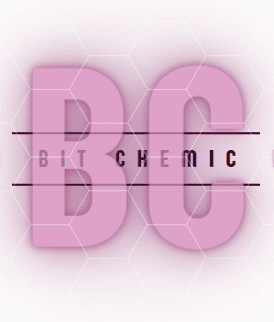What is Crack Cocaine?
Crack cocaine, commonly known simply as crack, and also known as rock, is a free base form of the stimulant cocaine that can be smoked. Crack offers a short, intense high to smokers. The Manual of Adolescent Substance Abuse Treatment calls it the most addictive form of cocaine.

Crack cocaine first saw widespread use as a recreational drug in primarily impoverished neighborhoods in New York City, Philadelphia, Baltimore, Washington, D.C., Los Angeles, San Francisco, and Miami in late 1984 and 1985; this rapid increase in use and availability was named the “crack epidemic”, which began to wane in the 1990s. The use of another highly addictive stimulant drug, crystal meth, ballooned between 1994 and 2004.
Crack cocaine is frequently purchased already in rock form, although it is not uncommon for some users to “wash up” or “cook” powder cocaine into crack themselves. This process is frequently done with baking soda (sodium bicarbonate), water, and a spoon.
Once mixed and heated, the bicarbonate reacts with the hydrochloride of the powder cocaine, forming free base cocaine and carbonic acid (H2CO3) in a reversible acid-base reaction. The heating accelerates the degradation of carbonic acid into carbon dioxide (CO2) and water.
Loss of CO2 prevents the reaction from reversing back to cocaine hydrochloride. Free base cocaine separates as an oily layer, floating on the top of the now leftover aqueous phase.
It is at this point that the oil is picked up rapidly, usually with a pin or long thin object. This pulls the oil up and spins it, allowing air to set and dry the oil, and allows the maker to roll the oil into the rock-like shape.
History of Crack cocaine
While the use of coca leaves as an intoxicant dates back three thousand years, crack cocaine, a crystallized form of cocaine, was developed during the cocaine boom of the 1970s and its use spread in the mid-1980s.
Crack cocaine first saw widespread use as a recreational drug in primarily impoverished neighborhoods in New York City, Philadelphia, Baltimore, Washington, D.C., Los Angeles, San Francisco, and Miami in late 1984 and 1985; this rapid increase in use and availability was named the “crack epidemic”, which began to wane in the 1990s.
According to the US Drug Enforcement Agency, by the late 1970s there was a huge glut of cocaine powder being shipped into the United States. This caused the price of the drug to drop by as much as 80%. Faced with dropping prices for their illegal product, drug dealers converted the powder to “crack,” a solid form of cocaine that could be smoked.





CAjunkies –
Smart Vendor
Kevin Greenman –
I love the stuff that TD. Thanks